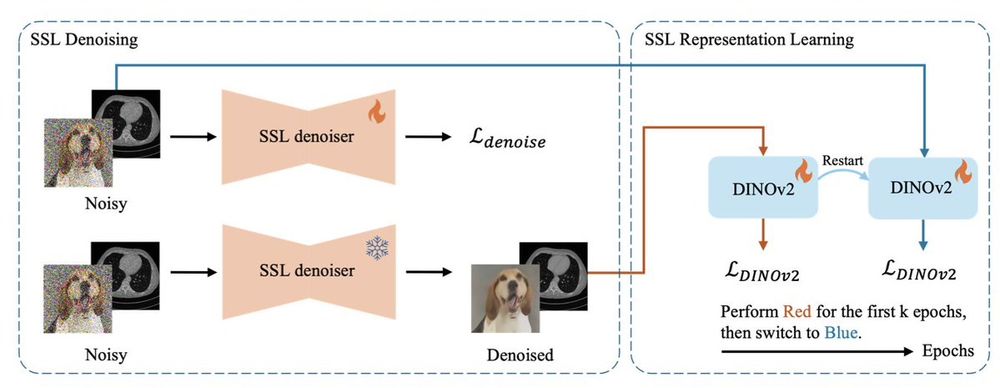




arxiv.org/abs/2505.11836

arxiv.org/abs/2505.11836

arxiv.org/abs/2412.03215

arxiv.org/abs/2412.03215

arxiv.org/abs/2411.17425
(SSL workshop NeurIPS24)

arxiv.org/abs/2411.17425
(SSL workshop NeurIPS24)

